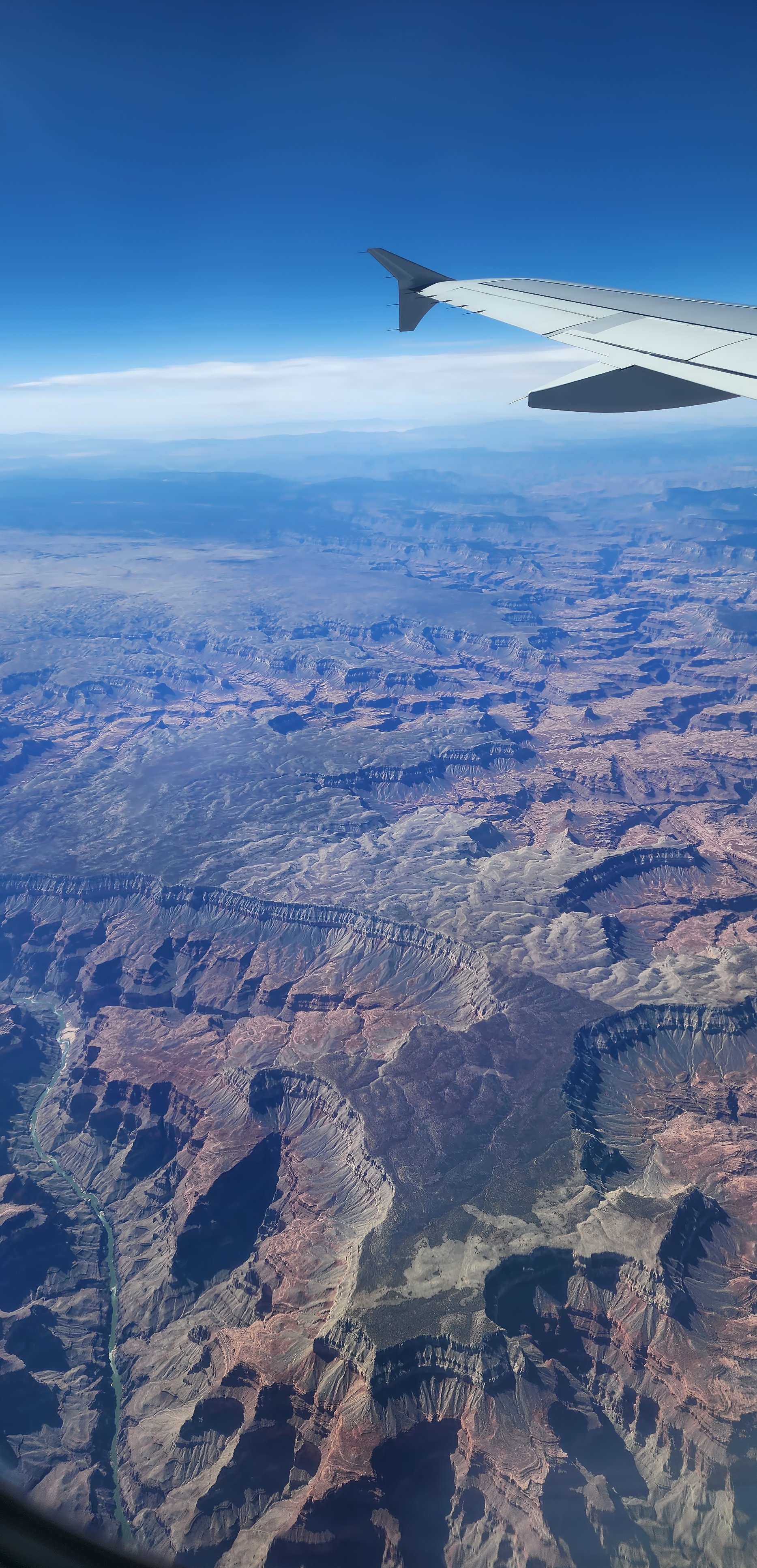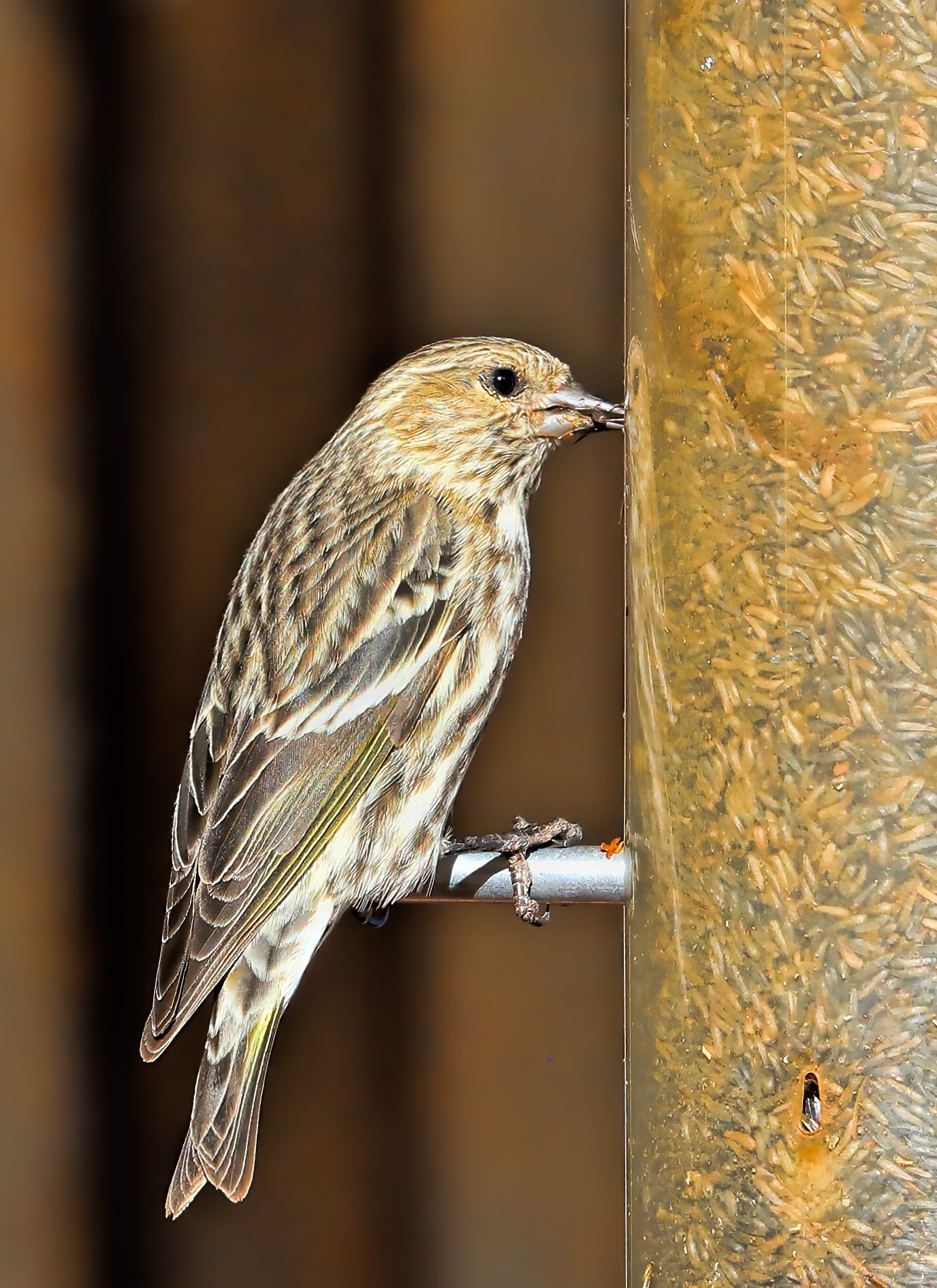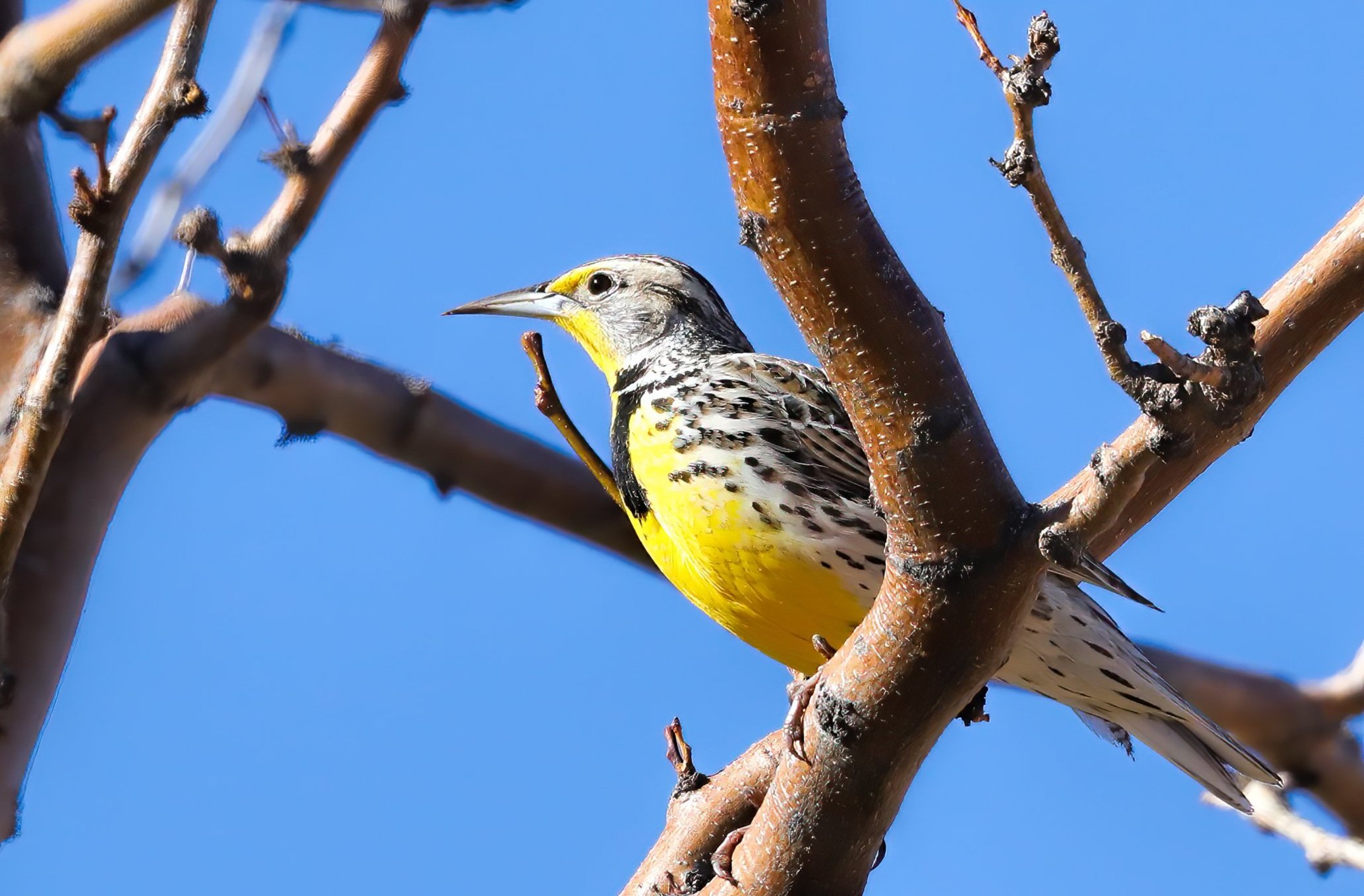for purely bureaucratic reasons, Grand County closes the popular climber’s camp at Castleton Tower. Your government at work. Absolutely and indefensibly ridiculous.
Some details here: Castle Valley Comments and here.
for purely bureaucratic reasons, Grand County closes the popular climber’s camp at Castleton Tower. Your government at work. Absolutely and indefensibly ridiculous.

Some details here: Castle Valley Comments and here.
in Castle Valley occur when stormy skies begin to clear around sundown, as clouds rip apart and permit the last low-angle rays of the Sun to flare on the eastern skyline. This evening is such an evening.

gathered this morning at the Round Mountain Missile Proving Range. It’s not a very diverse group. Heh.

Majestic heading skyward to an undetermined altitude, unknown because the flight recorder was lost, but the rocket was recovered safely under parachute.

Unpainted MOAB is the first rocket to test the more rigid rail system used for higher powered rockets. It flew straight as an arrow to 647 feet on a “F” engine.

GoPro view of MOAB at ignition on the launch rail, about to lift off.

The high flyer of the morning was the Arcas on a “E” engine, with an apogee at 1,482 feet (before the loss of the altimeter). The wind was picking up so the launch rod was tilted in order to accommodate for parachute drift during descent.

Wide view of the Round Mountain Proving Ground.
the Bureau of Land Management arbitrarily closes the old Castleton grade, even to bicycles. It’s not a biologically sensitive area. There was no informing discussion with the local community. No comments taken. Screw the staff of the BLM.

UPDATE; Three weeks later someone has ripped down the closure signs. Hayduke lives!
brought them to the Utah State University campus where one of the activities involved model rocketry. We launched and successfully recovered four rockets in a series of demonstrations as small groups of students rotated through the various activities. It was big and chaotic fun.



by lofting a rocket.

Blast off from the driveway with Parriott Mesa in the background.

The Patriot clearing the launch rod and flying to a 486 foot apogee.

Annotated profile of a perfect flight and parachute deployment. The rocket landed softly about 150 feet away from the pad.
above Castleton Tower this afternoon on an absolutely gorgeous day. It’s the vernal equinox, too, so tomorrow is the first day of spring.
Click on image to enlarginate.
but it’s just a model rocket, albeit a very big model rocket. The HV Arcas by Aerotech stands 56 inches (142 cm) tall and is mounted on a rigid rail used for launching high powered rockets. I will seek Level 1 certification this coming summer from the National Association of Rocketry in order to fly this impressive projectile on larger engines to several thousand feet in altitude. It’s important to have goals in retirement. Go big or stay home.


Note: The 1010 aluminum launch rail stands 7.5 feet tall (2.3 meters).
at the kitchen window last evening with its nose nearly pressed up against the glass. There’s still a small herd hanging out in the valley and several still frequent my bird feeders and bird bath around dusk.

Mule deer (Odocoileus hemionus).
maintain the snowpack in the high country at near normal levels while misting the lower valley with light rains. Springtime approaches in the high desert.

A window to the snowy high country opens behind Round Mountain this afternoon.

Lasal Mountain (572) SNOTEL hydrograph: Black line indicates the current water year snow water content, closely following the median value (green line) based on 41 years of record at this station. Last year’s historic snowpack is represented by the purple line for comparison. (Graph from NCRS SNOTEL network.)
17 March 2024 update: This SNOTEL station now reports 119% of median SWE!
illuminated at night. I shot this on my return flight to my high desert hacienda in red rock country. I’m delighted that people want to live this way, giving the rest of us wider spaces.

reliving their childhood, featured in this week’s Castle Valley Comments. The young lad pictured below plays a leading role.

Junior rocketeer with Science Fair project, circa 1968.

Richard Codd from Moab (left) supervises as I attach the launch system to the igniter on the unpainted Doorknob model rocket. (Image courtesy Ron Drake.)
for aerial observation of landforms. And remember, geologists always get window seats (except on a Boeing 737 Max 9).

Mancos Shale badlands near Grand Junction, Colorado. The overlying Mesa Verde Group (Cretaceous) crops out in the escarpment.

View towards the northwest. La Sal Mountains and Paradox Valley (a collapsed salt-cored anticline).

Grand Canyon and Colorado River.
on a “F” engine, the unpainted Doorknob model rocket leaps skyward off the pad in a sparkly liftoff. The one minute-long flight reached 832 feet in altitude according to the onboard flight recorder.


Though not a high flyer, the Doorknob drifted about 500 feet from the launch site once the chute deployed.

Launching slightly into the wind on a “E” engine, the sleek and unpainted Frangible Arcas achieved 1,381 feet at apogee, landing softly under chute and drifting about 600 feet down range.
behind the lower slopes of Castleton Tower this evening. This full Moon is variously known as the Full Snow Moon or the Full Hunger Moon since it appears shortly after the middle of winter.

from the birdbath at dusk. It seems to be a well known watering hole that is visited nightly, and there are more than 30 muleys grazing out back as this is posted. They’ll be moving up the valley soon as spring approaches.

Mule deer (Odocoileus hemionus).
hooked on Nyjer thistle seed. And it’s not alone.

Pine Siskin (Spinus pinus).

at the business end of the Patriot model rocket as the engine pressurizes and spits out the electrical ignitor. Milliseconds later, liftoff!

Still frames captured by a GoPro.

after an early launch on a calm, clear and sunny morning. This one flew to 501 feet on a “C” engine and pulled 9.4 Gs at peak acceleration, softly landing less than 20 feet from the pad.

Estes Red Max model rocket with a tethered altimeter (black object near nose cone) and Nomex chute protector (orange fabric attached to shock cord).

Still frame from the upward-looking GoPro at the pad.
in Castle Valley is the melodic song of the Western Meadowlark emanating from a lofty perch. This one is really broadcasting this morning.

Western Meadowlark (Sturnella neglecta).
